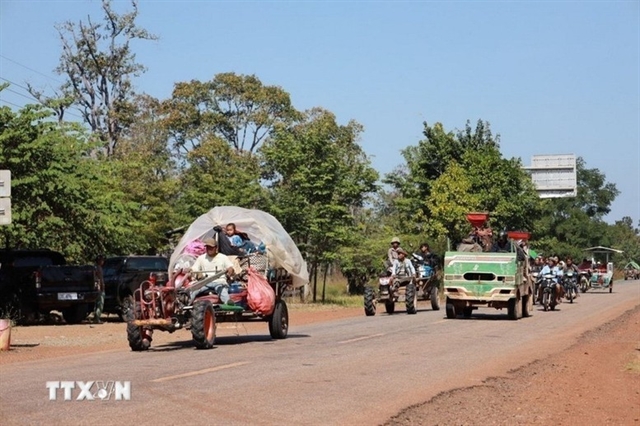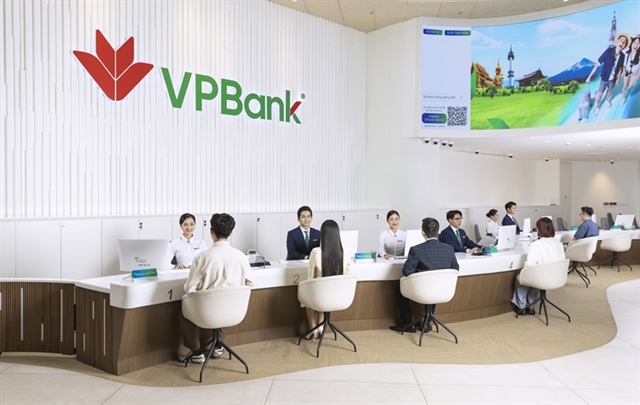 Economy
Economy
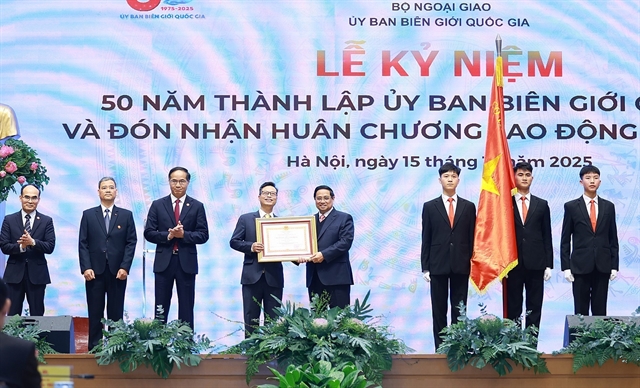
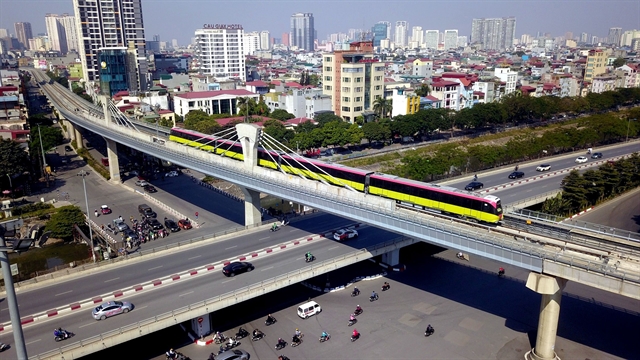 |
| The Nhổn - Hà Nội train. — VNA/VNS Photo |
HÀ NỘI — In a bid to propel its economic development to new heights, the city of Hà Nội is setting the stage for a remarkable growth trajectory.
In 2025, the city has set forth three growth scenarios: the first one targets a 6.5 per cent increase, the second one aims for an 8 per cent rise and the third strives for a 10 per cent upsurge.
For the 2026-30 period, two scenarios have been laid out: under scenario one, a GRDP growth rate of 8-8.5 per cent (with national GDP growth rate at 7.5-8.5 per cent) is envisioned, requiring an investment range of VNĐ4.26-4.4 quadrillion (US$170-175.4 billion).
Meanwhile, scenario two aspires to achieve a GRDP growth rate of 10.5-11 per cent (with national GDP growth rate hovering around 10 per cent), necessitating an investment scope of VNĐ4.86-5 quadrillion.
The city is dedicated to realising two-digit growth under scenario two.
To achieve the 10.5-11 per cent growth target, the city needs strong efforts across all sectors, focusing on traditional drivers like investment, consumption, and exports and seizing emerging growth opportunities.
Mobilising VNĐ4.86-5 quadrillion in social investment, double that of the previous period, requires significant advancements in infrastructure and ideal conditions for the economy to flourish.
The Department of Planning and Investment has called for a collaborative effort across sectors and districts to establish ambitious targets, development indicators, tasks and innovative solutions tailored to each administrative unit's responsibilities.
Setting the tone for immediate action, the Department of Planning and Investment has communicated a sense of urgency for alignment with contemporary trends in governance, digital transformation and sustainable economic practices.
The emphasis is on transitioning towards a digital economy, a green and circular economy, all within a socially inclusive economic landscape.
Regarding performance indicators, the department has proposed that each sector and district put forth at least five key indicators reflecting the developmental goals of the respective industries and territories.
Looking ahead to the five-year period from 2026 to 2030, the department has urged sectors and districts to outline clear parameters for their proposed indicators, including the basis, content, calculation methods, allocation, timelines, responsible agencies and comparative analysis against developed regions globally.
The general objective is to pave the way for sustained economic growth and provide a rationale, conditions and phased execution strategies to meet and surpass growth targets.
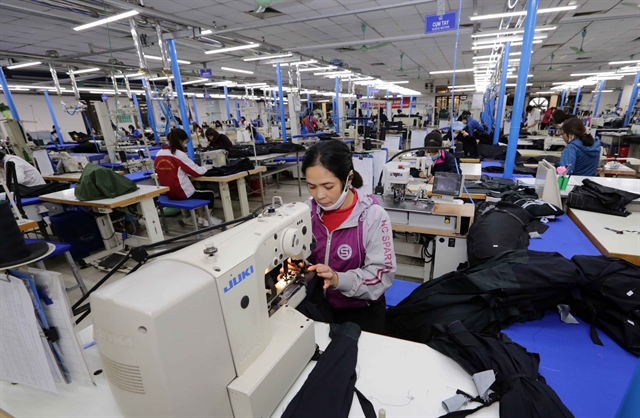 |
| Workers making products at a plant in Long Biên District, Hà Nội. — VNA/VNS Photo |
In terms of solutions, sectors and districts are called upon to devise plans and propose mechanisms and policies to attract resources for implementation, encompassing human resources, organisational structures, machinery, public investment capital, along with domestic and foreign investments.
Proposals for investment programmes, projects and execution strategies, including leadership, coordination and supervisory mechanisms for each key indicator, are also part of the strategic roadmap.
As Hà Nội embarks on this transformative journey, the city is not only focusing on economic expansion but also on nurturing a conducive environment for innovation, sustainable development and human capital empowerment.
By investing in digital technologies across critical economic sectors such as finance, commerce, manufacturing and public services, the city is poised to support businesses in adopting Industry 4.0 technologies and bolstering entrepreneurial endeavours.
Moreover, the city is strategically investing in major construction projects and vital transportation networks, such as Beltway 1, Beltway 2.5, Beltway 4, metro systems and inter-provincial transport links.
This infrastructure development drive is expected to enhance connectivity, facilitate trade and spur economic growth throughout the city and its surrounding regions.
The city is focusing on promoting business investment and development, attracting high-value-added FDI projects and prioritising environmentally friendly initiatives.
It is supporting small and medium-sized enterprises (SMEs) with financial, legal and market policies to facilitate their growth and expansion.
Notably, the city is leading in testing administrative reform models towards decentralised authorisation, yielding tangible efficiency. Future efforts will streamline processes, enhance transparency and reduce costs for businesses.
It aims to develop a skilled workforce, attract talent and focus on environmental protection.
Hà Nội is also advancing green initiatives, enhancing infrastructure, and ensuring economic growth and urban sustainability. — VNS



